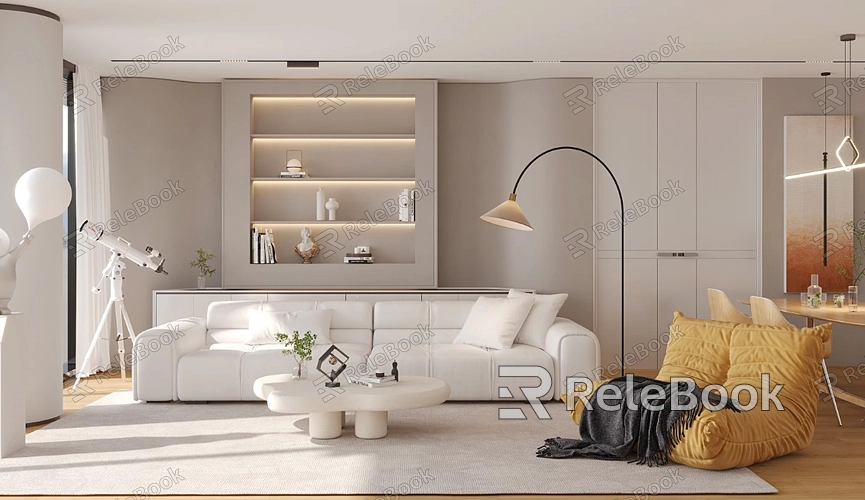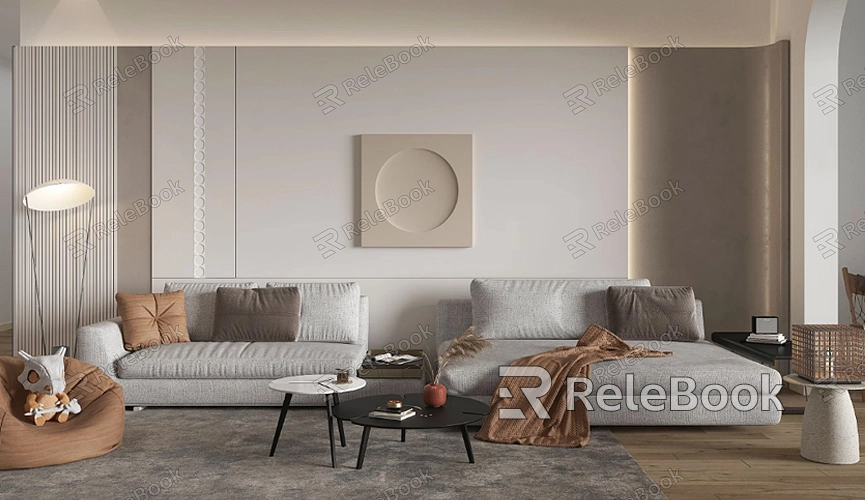What Type of 3D Models Can Unity Use?
Unity, a powerful and versatile game engine, is renowned for its ability to handle a wide range of 3D models, making it a top choice for developers in the gaming, simulation, and virtual reality industries. Understanding the types of 3D models Unity can use is crucial for creating immersive experiences. This article will explore the different 3D model formats compatible with Unity, discuss their unique features, and guide you in choosing the right models for your project.

Common 3D Model Formats Compatible with Unity
Unity supports a variety of 3D model formats, each with its strengths and use cases. Here are some of the most common formats you can use:
1. FBX (Filmbox)
The FBX format is one of the most widely used in Unity due to its robust support for complex animations, materials, and textures. Originally developed by Autodesk, FBX files are compatible with many 3D modeling software programs like Maya, 3ds Max, and Blender. Unity’s built-in support for FBX makes it easy to import and use these models in your projects. Whether you're working with animated characters or detailed environments, FBX files retain high-quality data, making them ideal for game development.
2. OBJ (Wavefront)
The OBJ format is another popular choice in Unity, particularly for static models. This format is simple and widely supported across different 3D modeling tools. OBJ files contain geometric data, such as vertices, normals, and UV maps, and are often used for exporting models without animation. Due to its simplicity and compatibility, OBJ is excellent for importing objects like furniture, architecture, or static props into Unity.
3. STL (Stereolithography)
STL files are commonly associated with 3D printing but are also supported by Unity. This format is primarily used for simple, non-textured models. While not as feature-rich as FBX or OBJ, STL is useful for projects that require basic shapes or for developers who plan to integrate 3D printed models into their Unity projects.
4. COLLADA (.dae)
5. 3DS (3D Studio)
The 3DS format is an older file format that was popularized by Autodesk's 3D Studio software. Although it is less common today, Unity still supports 3DS files. However, due to its limitations in handling complex data and larger file sizes, it is generally recommended to use more modern formats like FBX for better results.

Choosing the Right 3D Model Format for Your Project
Selecting the appropriate 3D model format for your Unity project depends on several factors, including the type of model, the complexity of the project, and the specific requirements of your game or application. Here are some guidelines to help you choose:
1. For Animated Characters and Complex Scenes
If your project involves animated characters, detailed environments, or complex scenes, FBX is typically the best choice. Its ability to handle intricate animations and retain high-quality data makes it ideal for these types of assets. FBX files also offer robust support for skinning, rigging, and inverse kinematics, which are essential for creating realistic character animations.
2. For Static Objects and Simple Props
For static objects, such as furniture, buildings, or other props that do not require animation, the OBJ format is often sufficient. OBJ files are lightweight and easy to work with, making them perfect for simple models that do not need complex data like animations or bone structures.
3. For Cross-Platform Projects
If your project involves collaboration across different platforms or software applications, consider using the COLLADA (.dae) format. Its open-standard nature ensures that your models will be compatible with various tools, making it easier to share assets between team members or across different stages of development.
4. For 3D Printing Integration
When integrating 3D printing with your Unity project, STL is the go-to format. Although it is not as feature-rich as other formats, STL is well-suited for representing simple, non-textured geometries that can be easily converted into physical models through 3D printing.
Optimizing 3D Models for Unity
Regardless of the format you choose, optimizing your 3D models is essential to ensure smooth performance in Unity. Here are some tips for optimizing your models:
1. Reduce Polygon Count
High polygon counts can drastically reduce the performance of your Unity project, especially on mobile devices or VR platforms. Use tools like Blender or 3ds Max to reduce the polygon count of your models while retaining their visual quality.
2. Optimize Textures
Textures can take up significant memory and processing power. Use texture atlases to combine multiple textures into a single image, reducing the number of draw calls Unity needs to make. Additionally, consider using compressed texture formats to further save on memory.
3. Use Level of Detail (LOD)
Implementing Level of Detail (LOD) in your models can improve performance by reducing the complexity of objects as they move further away from the camera. Unity allows you to create different LOD levels, ensuring that only the most detailed version of a model is rendered when it is close to the viewer.
4. Baking Lighting and Shadows
Instead of relying on real-time lighting, which can be performance-intensive, bake your lighting and shadows into the textures. This technique pre-calculates the lighting information and stores it in the texture, allowing Unity to render the scene more efficiently.
Importing and Using 3D Models in Unity
Once you have selected and optimized your 3D models, importing them into Unity is straightforward. Simply drag and drop the model files into your Unity project’s Assets folder. Unity will automatically import the models, including any associated materials and textures.
After importing, you can place your models into the scene, adjust their positions, and apply any necessary scripts or components. Unity’s robust toolset allows you to easily animate, light, and interact with your 3D models, bringing your vision to life.
FAQ
Can Unity use CAD models?
Unity can import CAD models, but they often need to be converted into a compatible format like FBX or OBJ first. CAD models can be complex and may require optimization before being used in Unity.
How do I reduce the size of my 3D models for Unity?
To reduce the size of your 3D models, you can lower the polygon count, use texture compression, and remove unnecessary details. Tools like Blender can help with decimating models and optimizing them for Unity.
Can Unity handle models with animations?
Yes, Unity can handle models with animations, especially when using the FBX format. Unity supports various types of animations, including skeletal, keyframe, and morph animations.
What is the best format for importing architectural models into Unity?
For architectural models, the FBX format is often the best choice due to its support for complex geometry and materials. OBJ can also be used for simpler, static models.
Do I need to manually create UV maps for my models in Unity?
While Unity can automatically generate UV maps for light mapping, it is often better to create your UV maps in a 3D modeling tool to ensure accuracy and control over the texture placement.

